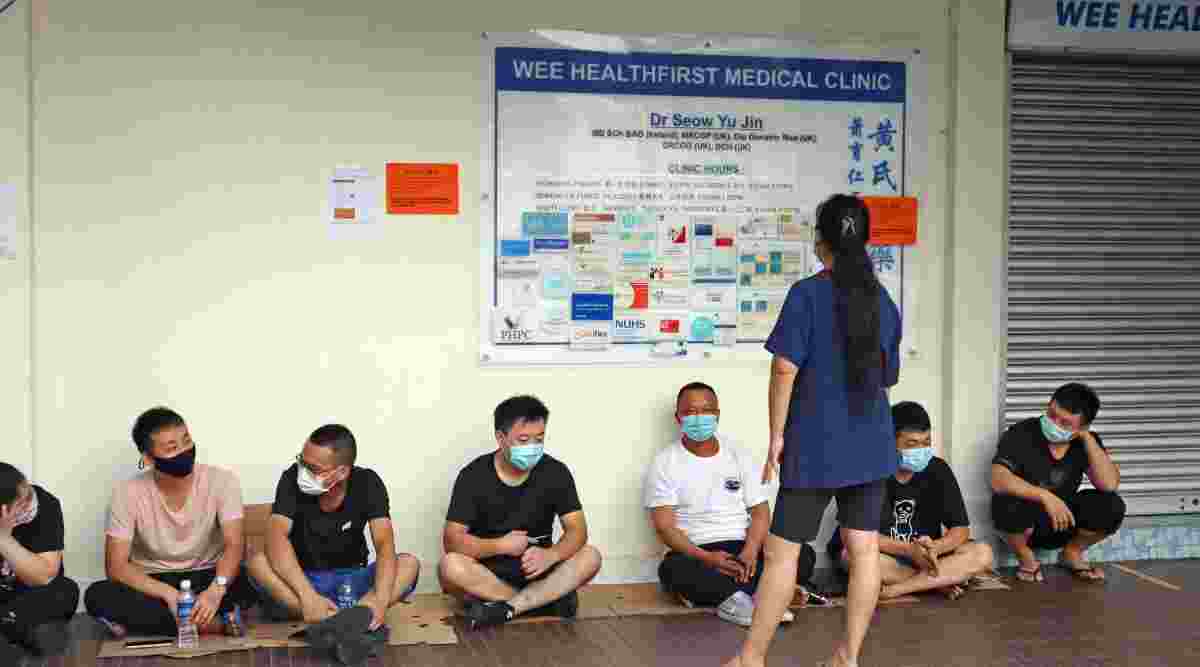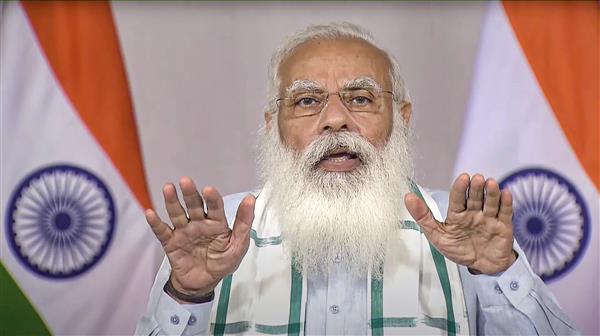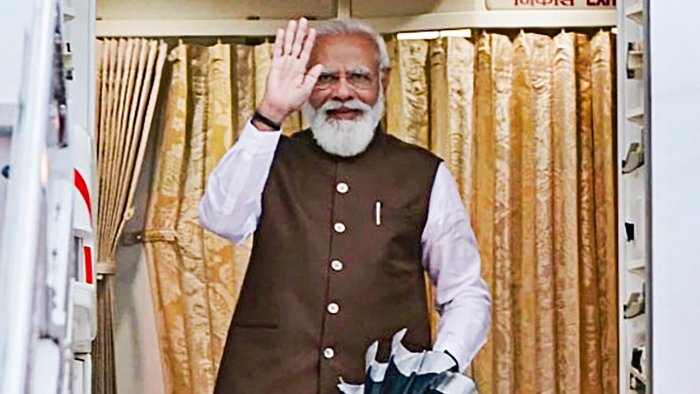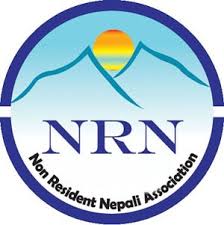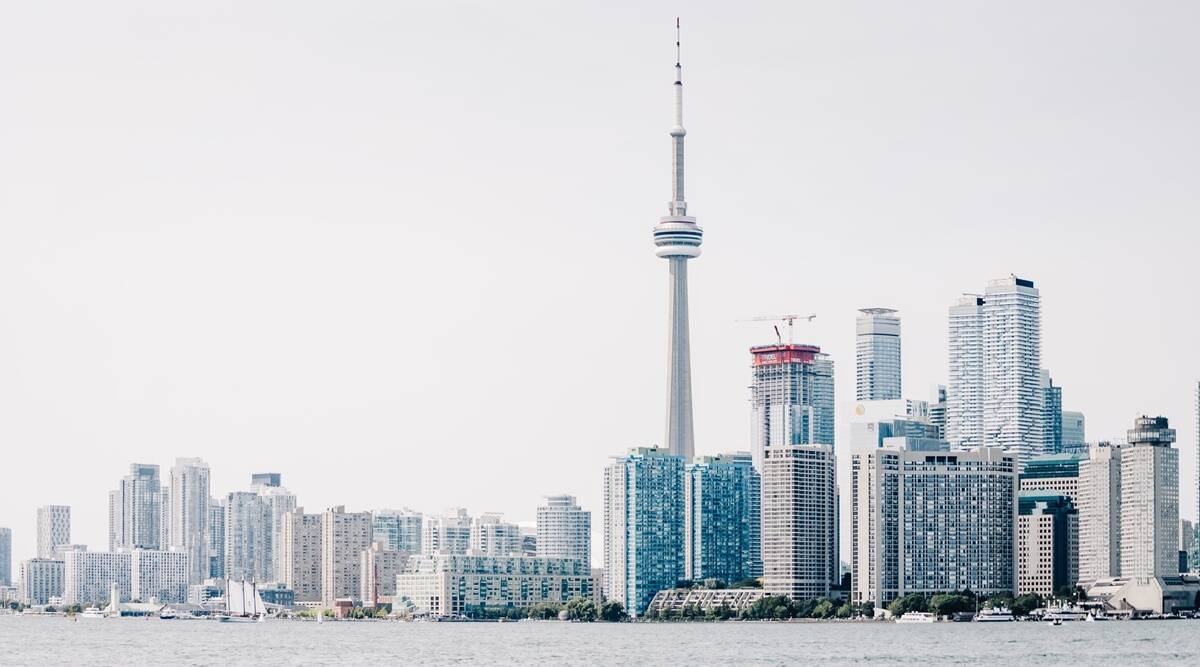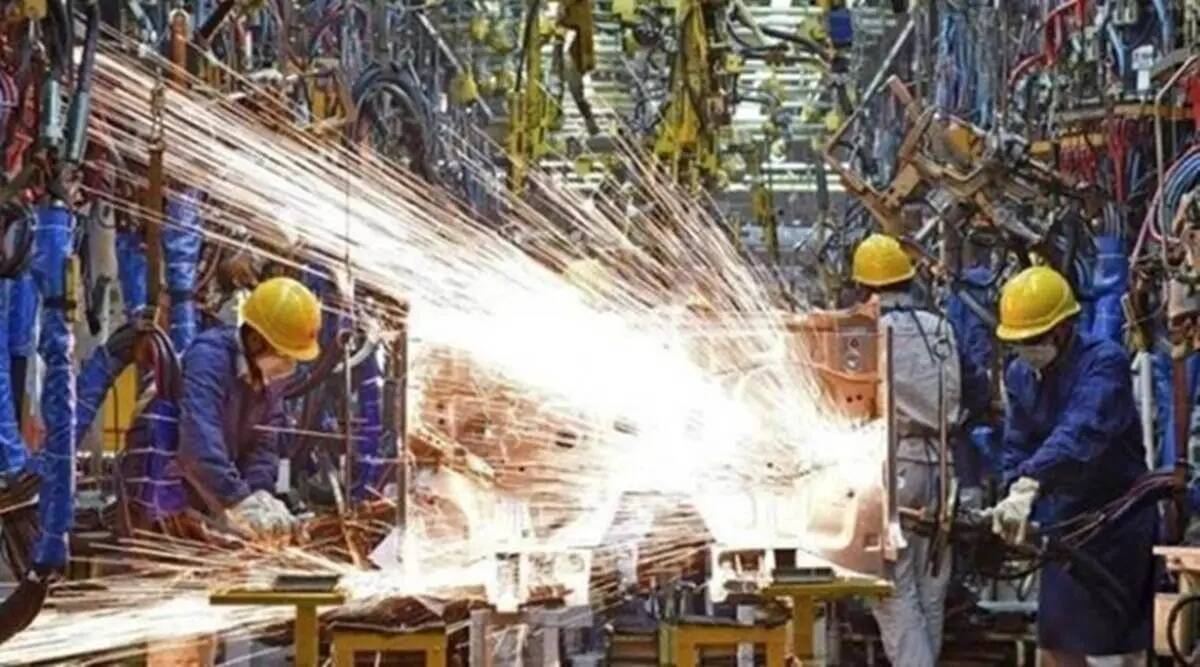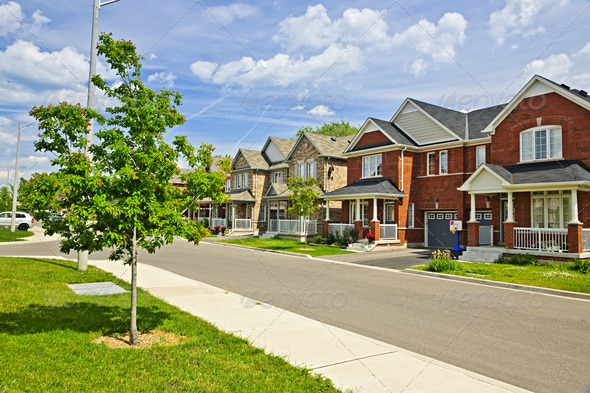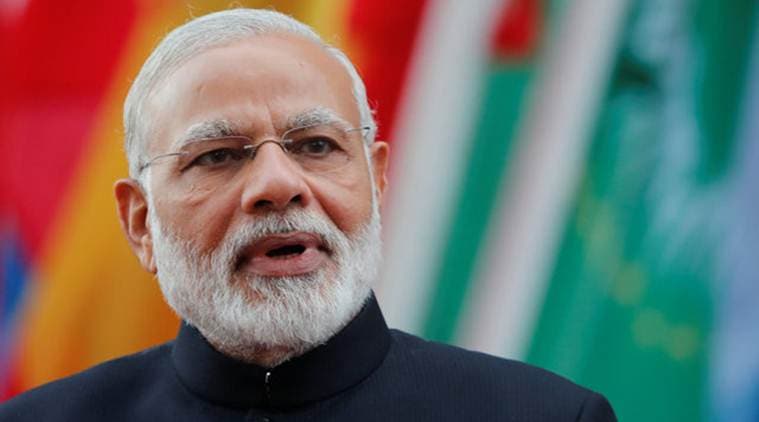
06/17/2025
New Delhi, June 17: India under Prime Minister Narendra Modi stands out as a rare example in a deeply unequal and uncertain global landscape. Growth has not only been consistent but consciously inclusive. Since assuming office in 2014, PM Modi has governed with a singular purpose — to ensure that development reaches every Indian, especially those long forgotten by the policy machinery. His vision of Sabka Saath, Sabka Vikas, Sabka Vishwas, Sabka Prayas was not a rhetorical flourish. Over the last 11 years, it has taken the shape of tangible outcomes, measurable progress, and visible transformation across the social and economic spectrum.
According to the Indian Media, A defining feature of the Modi era has been the stabilisation of inflation, arguably the most direct metric of how a government impacts people’s daily lives. In May, India’s retail inflation fell to a remarkable low of 2.82 per cent, despite the global economy being rocked by conflicts, supply chain disruptions, and commodity price volatility. Compare this to 2013, when inflation under the UPA government averaged 10.02 per cent.
High inflation hits the poor hardest. It erodes real incomes, shrinks consumption, and breeds uncertainty. PM Modi’s ability to maintain macroeconomic stability while steering the economy through multiple crises reflects prudence and foresight, a fine balance of fiscal discipline and social compassion.
Under PM Modi’s leadership, India has witnessed a historic decline in poverty. Higher poverty levels dropped from 53.6 per cent in 2011-12 to just 16.4 per cent in 2022-23, while extreme poverty fell sharply from 12.2 per cent to a mere 2.2 per cent. This remarkable transformation is the result of targeted welfare with systemic delivery, saturation-based schemes, rural development, and job-generating infrastructure growth.
Notably, the most significant reductions were seen in NDA-ruled states — Uttar Pradesh and Bihar — which topped the charts in poverty reduction. UP brought its poverty rate down from 67.2 per cent to 32.1 per cent, while Bihar witnessed an even steeper fall from 69.6 per cent to 23.3 per cent, reaffirming the transformative impact of the Modi government’s governance model.
This stands in stark contrast to the poverty politics of the past. As early as the 1960s, 40 per cent of rural and 50 per cent of urban Indians lived below the poverty line. Through the 1970s and 1980s, poverty remained entrenched, especially in rural areas where it crossed 50 per cent. Political responses came not through structural reform but through slogans. “Garibi Hatao” became the rallying cry in election campaigns, but the underlying reality of deprivation persisted. Poverty, instead of being tackled head-on, was turned into a tool for populism, spoken of on podiums, ignored in policy. The slogan changed. Poverty stayed the same.
One of the less discussed but highly consequential transformations has been in food consumption patterns. A decade ago, the average Indian family, particularly in rural areas, consumed fresh fruits and perishable produce only seasonally, with limited access due to price volatility and poor supply chains. Today, over 90 per cent of rural households and 94 per cent of urban households report year-round access to fresh fruits. This shift has been made possible by infrastructure with intent — rural roads, logistics upgrades, and cold chain networks that have democratised nutrition.
Another remarkable example of how PM Modi has blended heritage with holistic development is the transformation of Kashi through the Kashi Vishwanath Dham Corridor. Far from being just a beautification project, it has triggered a profound economic revival rooted in faith. Since its completion, Varanasi’s income has surged by up to 75 per cent, with tourist footfall increasing 12 times. This rise has directly benefited boatmen, priests, hoteliers, shopkeepers, rickshaw pullers, and artisans, whose earnings have seen a sharp spike — boatmen’s income up by 90 per cent, hotel revenues by 80 per cent, and employment in tourism-related sectors increasing by over 50 per cent. Traditional crafts like Banarasi sarees, meenakari, and handicrafts have also experienced a vibrant resurgence. What was once viewed as an overcrowded spiritual town now reflects a glowing confluence of devotion with development.
A shining symbol of aspirational inclusion is the UDAN (Ude Desh ka Aam Nagrik) scheme, launched in 2016 to make air travel accessible to the common man — from hawai chappal to hawai jahaz. Since the first UDAN flight in 2017, 625 routes have been operationalised, connecting 90 airports, including remote regions via 15 heliports and 2 water aerodromes. Over 1.49 crore passengers have benefitted, supported by ₹4,023 crore in Viability Gap Funding. Even airports have become more inclusive — with Yatri Cafés offering tea for ₹10 and samosas for ₹20 — turning elite spaces into public-friendly hubs.
The Pradhan Mantri Gram Sadak Yojana (PMGSY) exemplifies how infrastructure can drive social mobility. According to recent data, PMGSY-connected habitations have seen an 8–10 per cent increase in farm productivity, a 12–15 per cent reduction in transport costs, and a 20 per cent rise in market access for rural businesses. School enrollment has increased by 15 per cent, healthcare access by 23 per cent, and maternal mortality has declined by 18 per cent. Perhaps most notably, female workforce participation has risen by 25 per cent, driven by women stepping into agricultural roles as men moved to non-farm jobs. Further, PMGSY-IV is poised to create over 40 crore person-days of employment — a massive boost for the rural economy.
The nation today is more connected, more confident, and more capable than ever before. India under Prime Minister Modi has shown that inclusive growth is not just a moral imperative — it is smart economics. While many around the world debate how to bridge inequality, India has offered a model: Reform with compassion, development with dignity, governance with grit.
